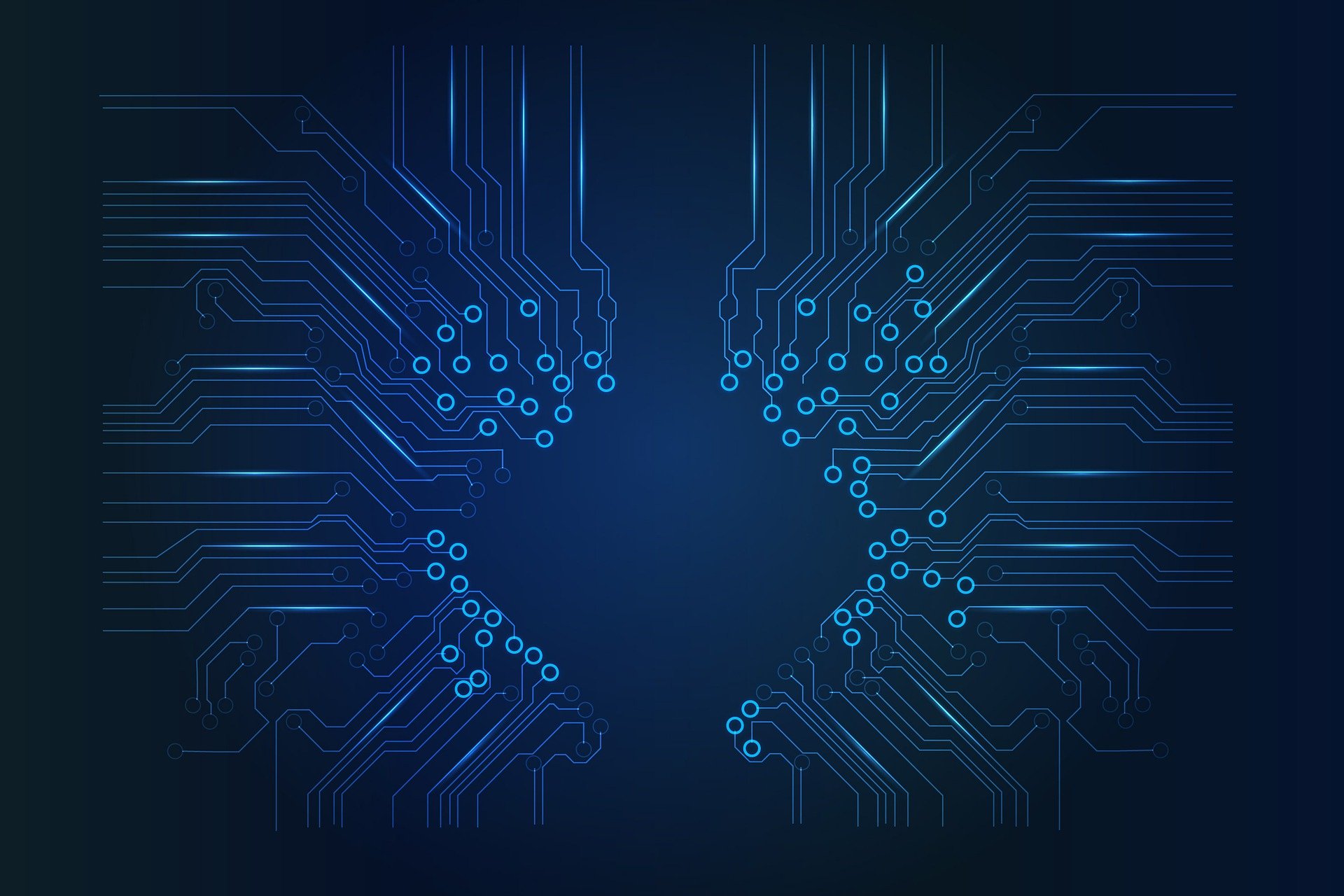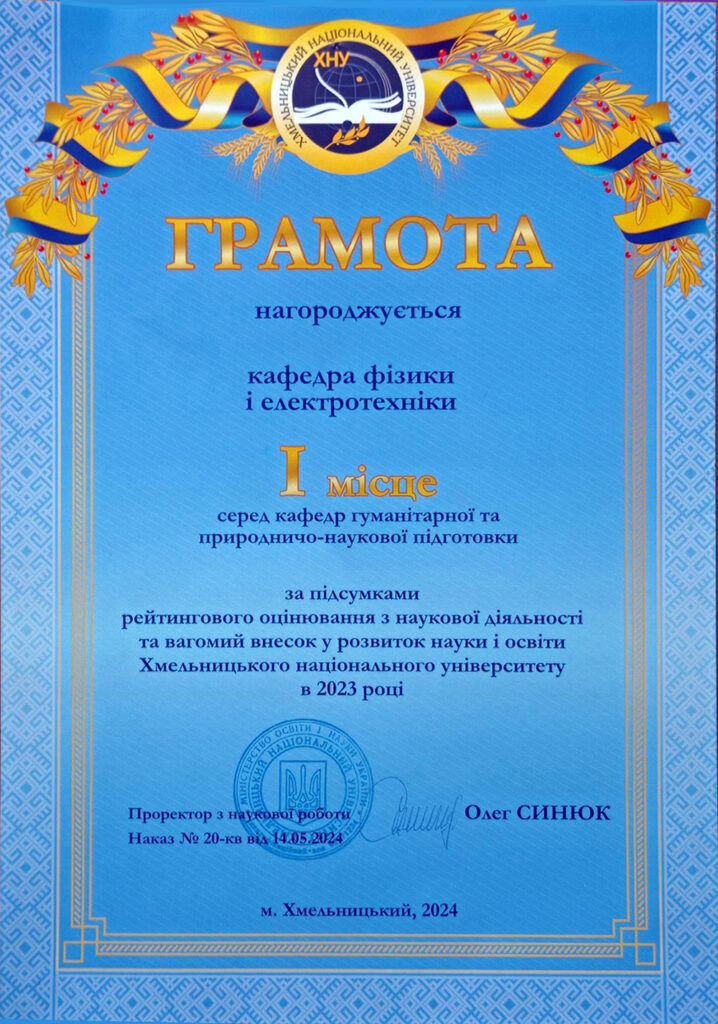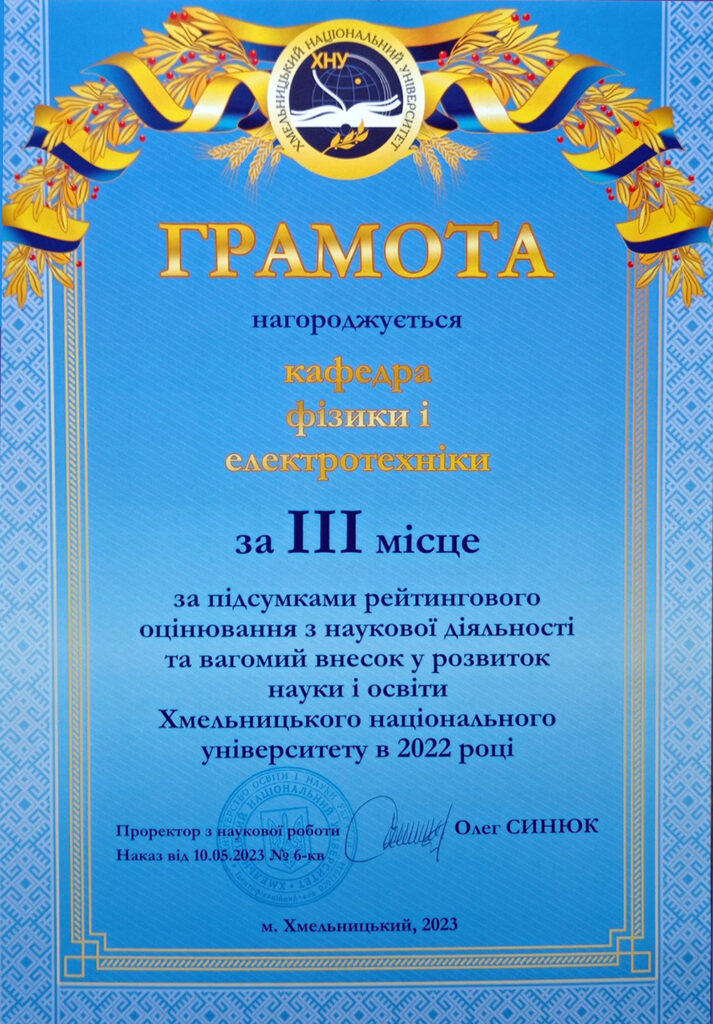
Наукова робота
Наукова діяльність кафедри охоплює широкий спектр тем: від теоретичних досліджень в галузі квантової фізики до прикладних розробок в електроніці та енергетиці. Наші студенти активно беруть участь у наукових проєктах, презентують свої результати на конференціях і публікуються у міжнародних журналах.
Напрями наукової діяльності
- Розробка високошвидкісного синтезатора для цифрових систем радіозв’язку
- Застосування псевдовипадкових послідовностей для модуляції сигналів з метою покращення їх кореляційних властивостей
- Статична і динамічна міцність машин, приладів та апаратури
- Когерентна динаміка контактного тертя
- Динамічна саморегуляція контактних трибосистем
- Дослідження явищ переносу випромінювання в волокнистих теплоізоляціях із органічних і неорганічних волокон
- Розвиток і застосування у релятивістській квантовій фізиці теоретико-групових методів
- Дослідження та розробка електромеханічних перетворювачів електроенергії
- Методи та засоби підвищення ефективності оброблення сигналів

Наукова робота студентів
Наші студенти беруть участь у науковій роботі кафедри і виступають з доповідями на щорічних студентських наукових конференціях ХНУ.
- Святушенко Михайло. ЕТ-21-1.
Вплив вищих гармонік на роботу асинхронних двигунів - Лучко Сергій. ЕМ-20-1.
Вплив несинусоїдального режиму мережі на роботу силових трансформаторів.

